When it comes to changing the light bulbs in your house, you might not always give the bulbs much thought, frequently paying more attention to their wattage.
More specifically, you might not give the color temperature of the bulbs any thought, or you might choose depending on taste. However, it is crucial to recognize that the color of the lighting you install holds significance.
Different colors serve distinct purposes, and it is important to be mindful of where you place these colors in your home.
Color Temperature
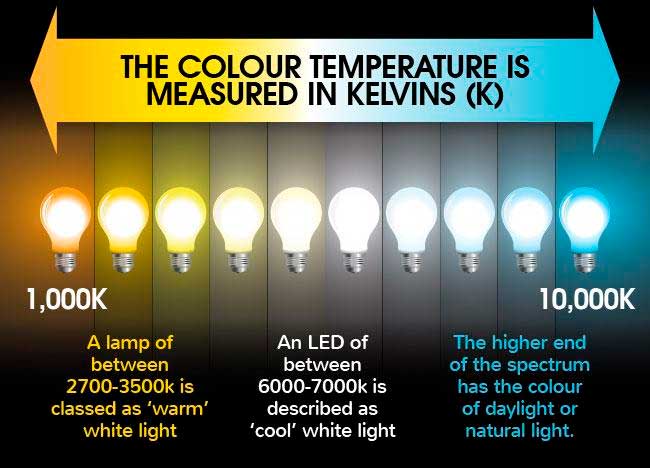
In addition to brightness, the color of light bulbs is a crucial consideration, typically indicated by a Kelvin rating, usually ranging from 2,700-6,500, and accompanied by descriptive names like Soft White or Daylight. Here is a breakdown of light bulb color temperatures:
- Soft white: 2,700-3,000 Kelvin emits a warm and yellowish glow, akin to the traditional incandescent bulb. This creates a cozy and inviting ambiance, making it ideal for spaces like living rooms, dens, and bedrooms.
- Warm white: 3,000-4,000 Kelvin leans more towards yellowish white. These bulbs are well suited for areas like kitchens and bathrooms.
- Bright white: 4,000-5,000 Kelvin falls between white and blue tones. It imparts a less cozy but more energetic atmosphere, making it suitable for workspaces such as home offices or garages, as well as kitchens featuring chrome fixtures.
- Daylight: 5,000-6,500 Kelvin exhibits a bluish tone. This light enhances color contrast, making it perfect for tasks like working, reading, or applying makeup. Keeping this in mind, when selecting light bulbs for a room, consider the typical activities performed in that space and choose bulbs accordingly. In practical terms, you likely opt for daylight bulbs at your vanity or soft white bulbs in your bedroom. Conversely, you might avoid using daylight bulbs over the dining room table and opt for soft white in the kitchen.
Facts About Lighting You Need to Know
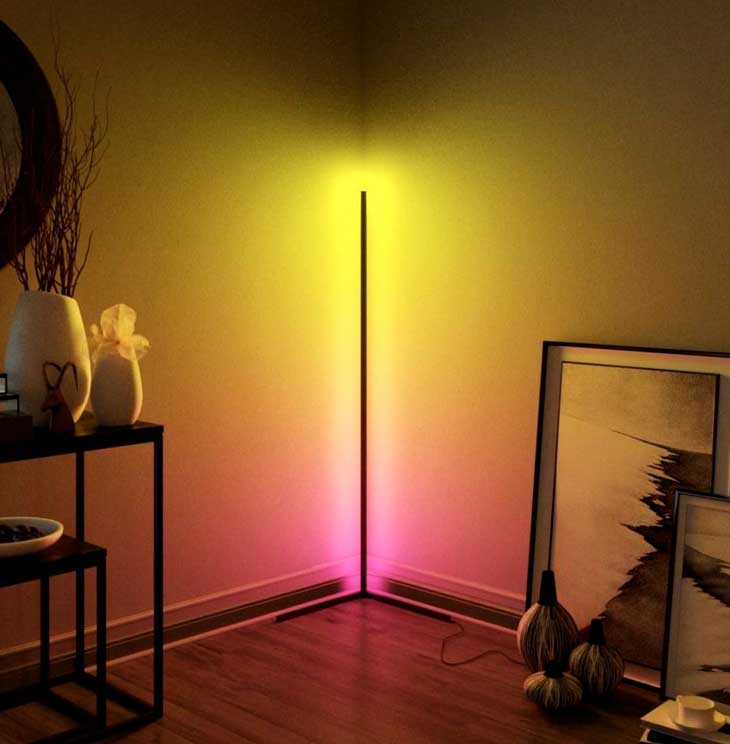
The choice of light bulb type for a room can significantly influence its ambiance. By combining the right light fixtures and bulbs to create illumination, you can achieve both practical and aesthetically pleasing results.
Before deciding on your preferred color temperature and tone, it's beneficial to have a basic understanding of the science behind interior lighting.
- Lumens: This measurement quantifies the amount of light emitted by a bulb. A higher lumens number corresponds to brighter illumination. For instance, a typical 100 W bulb produces approximately 1,600 lumens.
- Watts: This metric gauges the energy consumption of a light bulb. Products with lower wattage consume less electricity. LED, for example, have a lower wattage rating compared to incandescent bulbs while delivering a similar overall light output.
- Color: Bulbs are categorized by their Kelvin rating, which determines their color temperature. Soft white bulbs fall in the yellowish range, bright white resides between white and blue, and daylight bulbs are at the top end of the color spectrum. In the United States, legislation passed in 2007 mandates a 25 percent reduction in energy consumption for all light bulbs. This law led to the discontinuation of CFL and standard incandescent products in the marketplace.
Bright White Bulbs
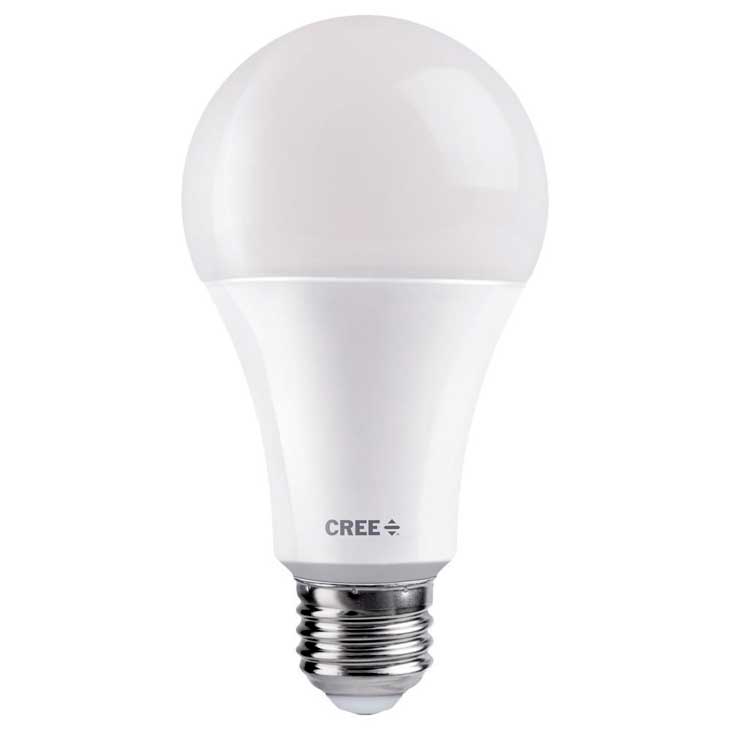
Pros:
- Soft illumination fosters a tranquil ambiance.
- Contributes to a cozy and inviting environment.
- Accentuates warm, earthy color palettes.
- Complements the natural beauty of wood grains.
Cons:
- May not deliver sufficient brightness for tasks necessitating clear visibility, such as office work or cooking.
- Potential use of incandescent bulbs resulting in lower energy efficiency.
Daylight Bulbs
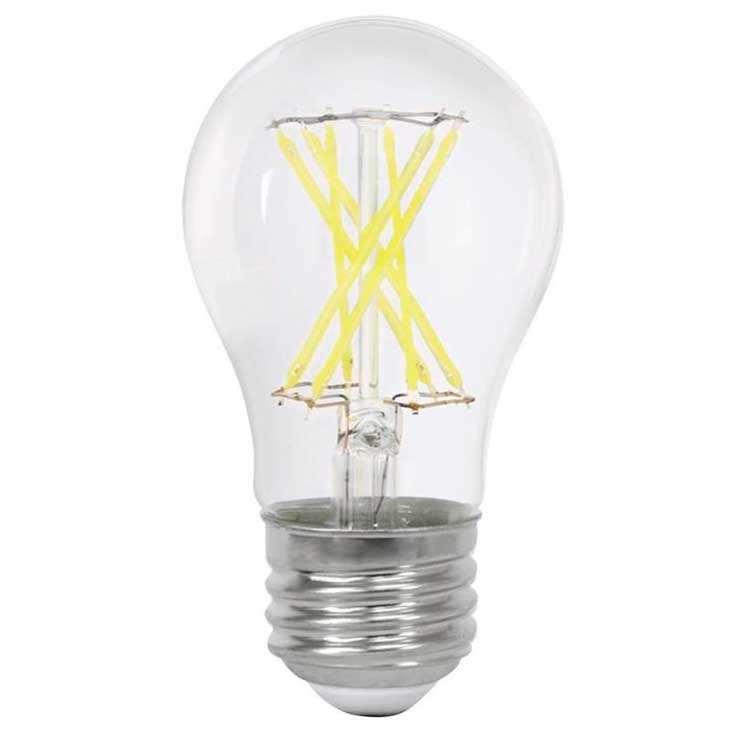
Pros:
- Generates vibrant and invigorating cool lighting.
- Enhances visibility, ideal for precise tasks.
- Harmonizes seamlessly with cool color palettes like white, gray, and blue.
- Utilizes highly efficient LED bulbs.
Cons:
- May diminish the warm and cozy ambiance of a space.
- Potential for excessive brightness in certain areas.
Where to Use Bright White Bulbs
Bright white bulbs excel at creating tranquil and inviting environments, contributing to a warm and cozy ambiance. Consequently, they are an excellent choice for areas where comfort and relaxation are paramount, such as living rooms, dining rooms, and bedrooms.
Soft white bulbs can even be employed in bathrooms to cultivate a serene and spa-like atmosphere. These bulbs are frequently selected for spaces adorned with earthy color schemes.
The gentle, warm illumination they provide enhances and harmonizes with the soft hues present in the room. Moreover, soft white light bulbs are instrumental in accentuating the natural beauty of wood grains. In contrast, cooler, bluish lighting would clash with these color palettes and detract from the overall aesthetic in such spaces.
Where to Use Daylight Bulbs
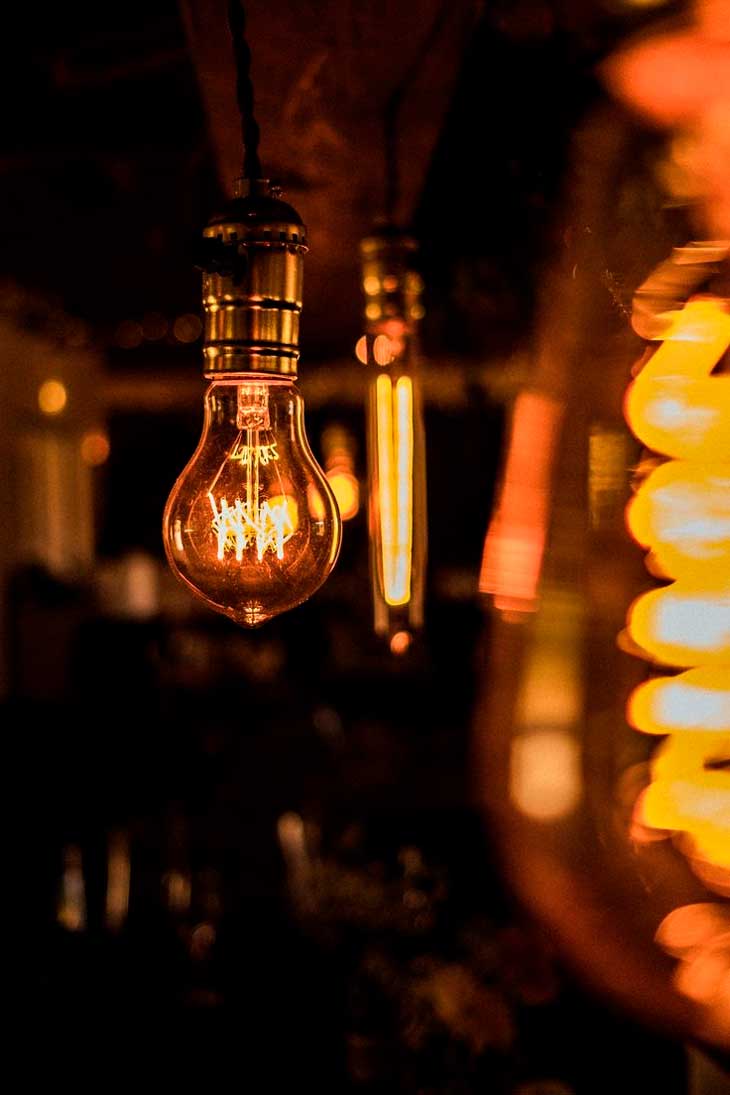
Daylight bulbs are ideal for areas where specific tasks or detailed work is undertaken. These spaces typically include kitchens, offices, basements, and even bathrooms where ample illumination is essential for preparing oneself.
Interestingly, some rooms can benefit from both types of lighting, as exemplified by bathrooms where the intended use of the space varies.
Consequently, it is not uncommon for individuals to incorporate both types of bulbs within a single room, depending on their specific needs.
Daylight bulbs harmonize effectively with cool color schemes encompassing shades of white, gray, or blue. Rooms adorned with cool color palettes or featuring contemporary designs tend to make a striking visual statement when illuminated by daylight bulbs, as this type of lighting complements and enhances the cool-toned ambiance.
Consider Smart Bulbs
Color temperature versatility is one of the key advantages of smart bulbs. Instead of purchasing bulbs tailored to each room or activity, you have the flexibility to adjust the light color as needed.
For example, if you enjoy reading under daylight-toned light at night but desire the comforting warmth of soft white during other times, you can install a smart bulb in your bedside lamp.
This allows you to switch to daylight color for reading and daytime use and switch back to soft or warm white for nighttime relaxation.